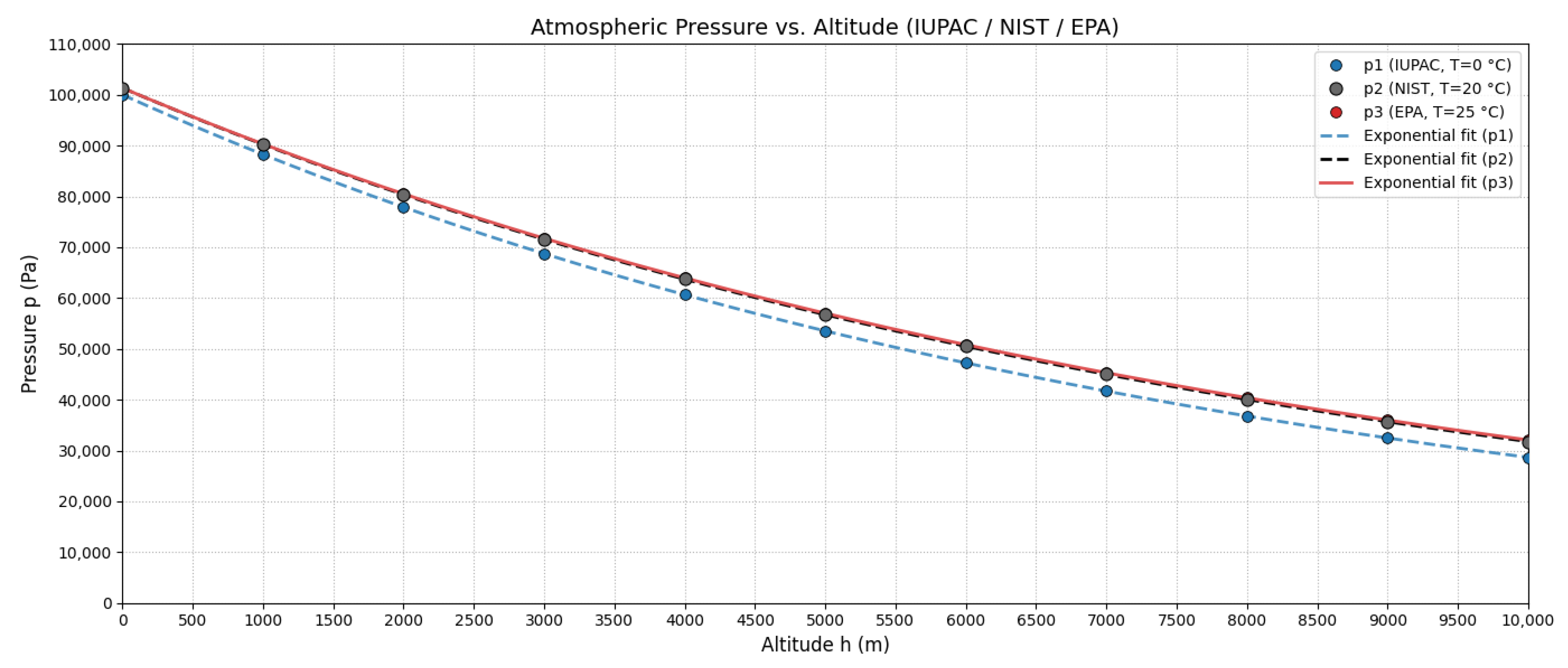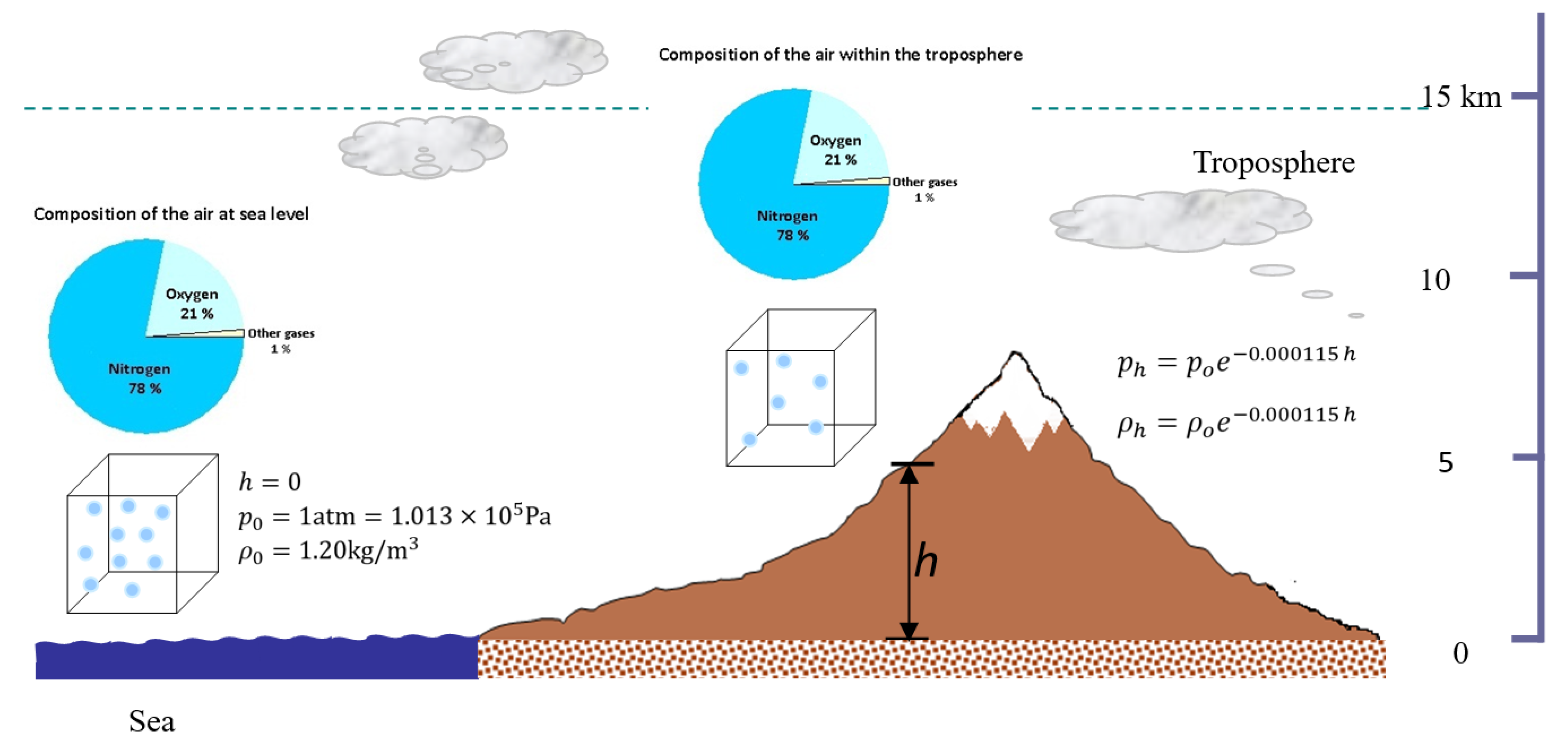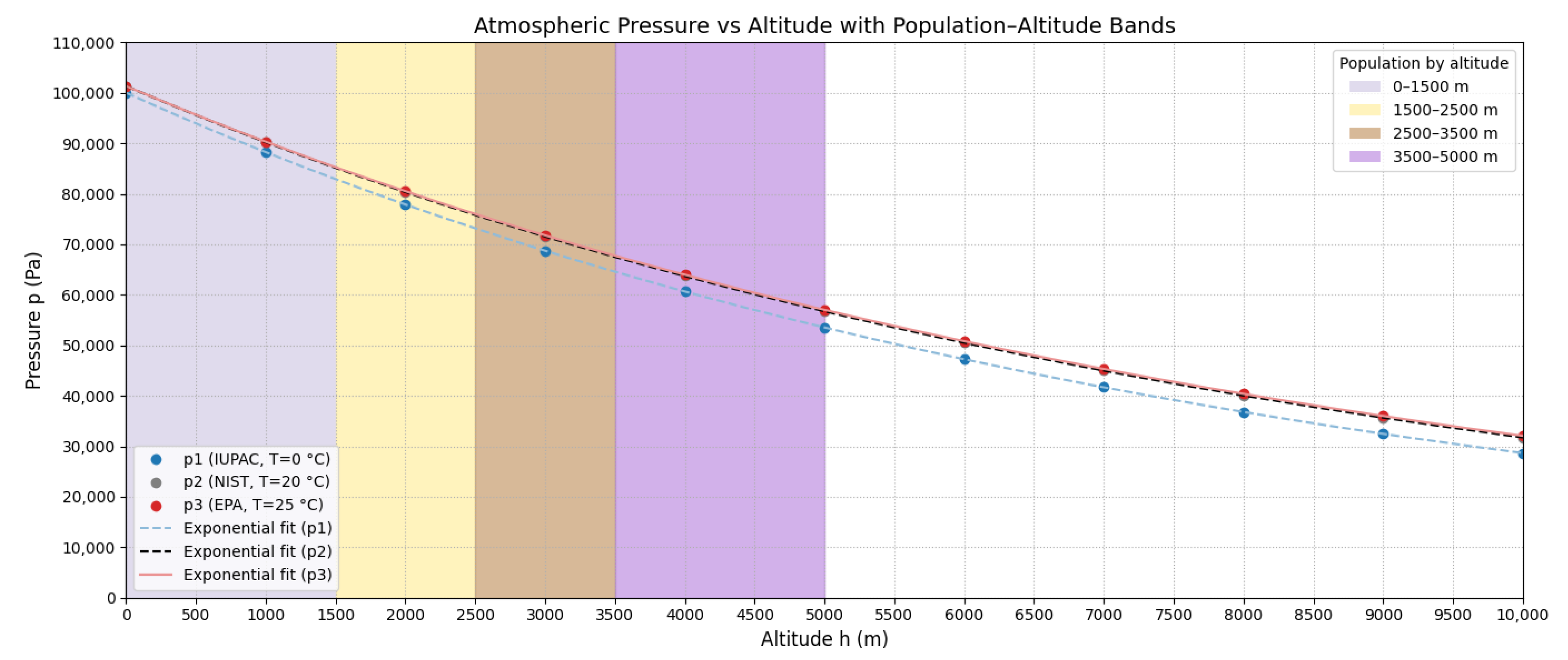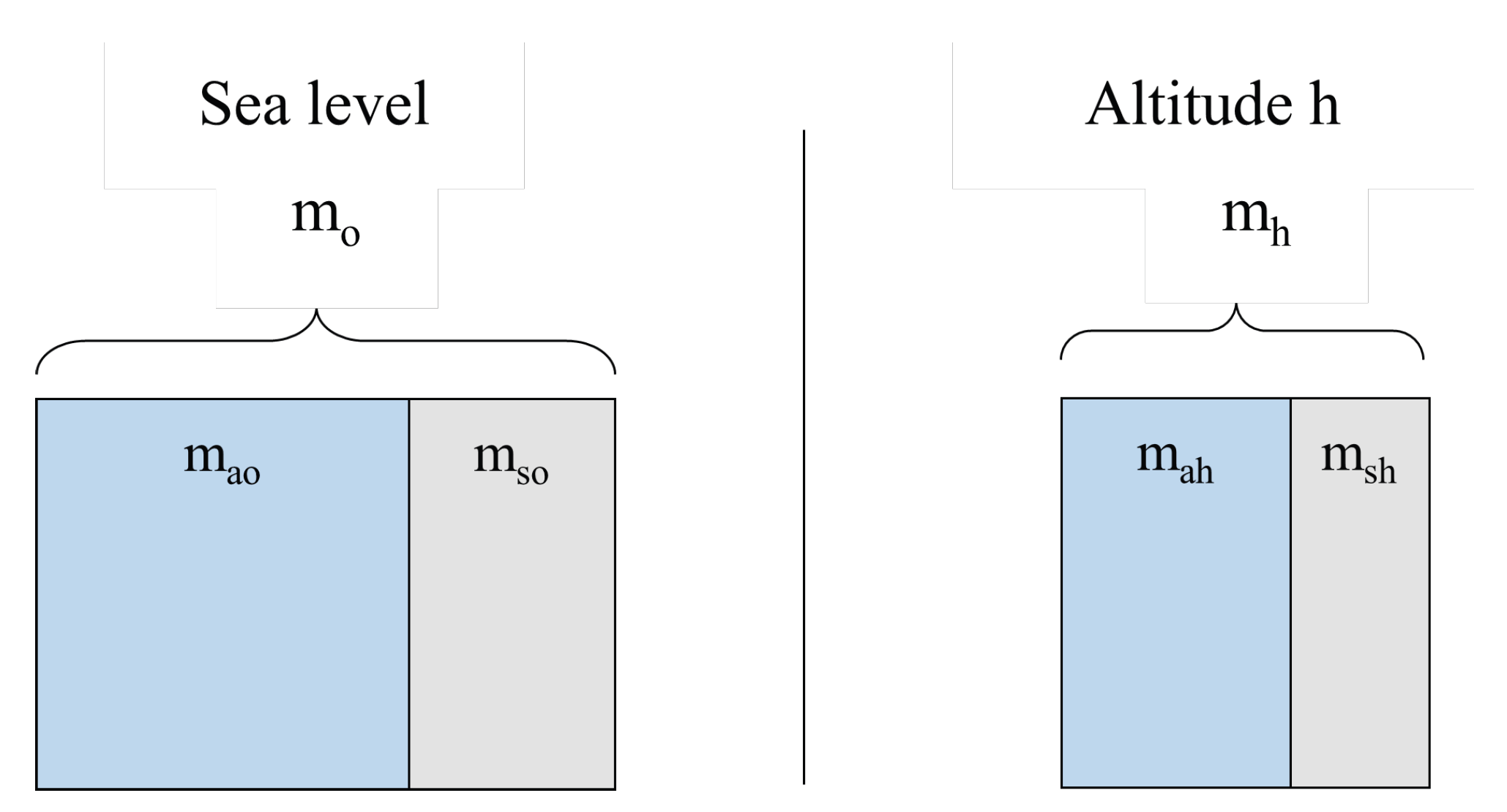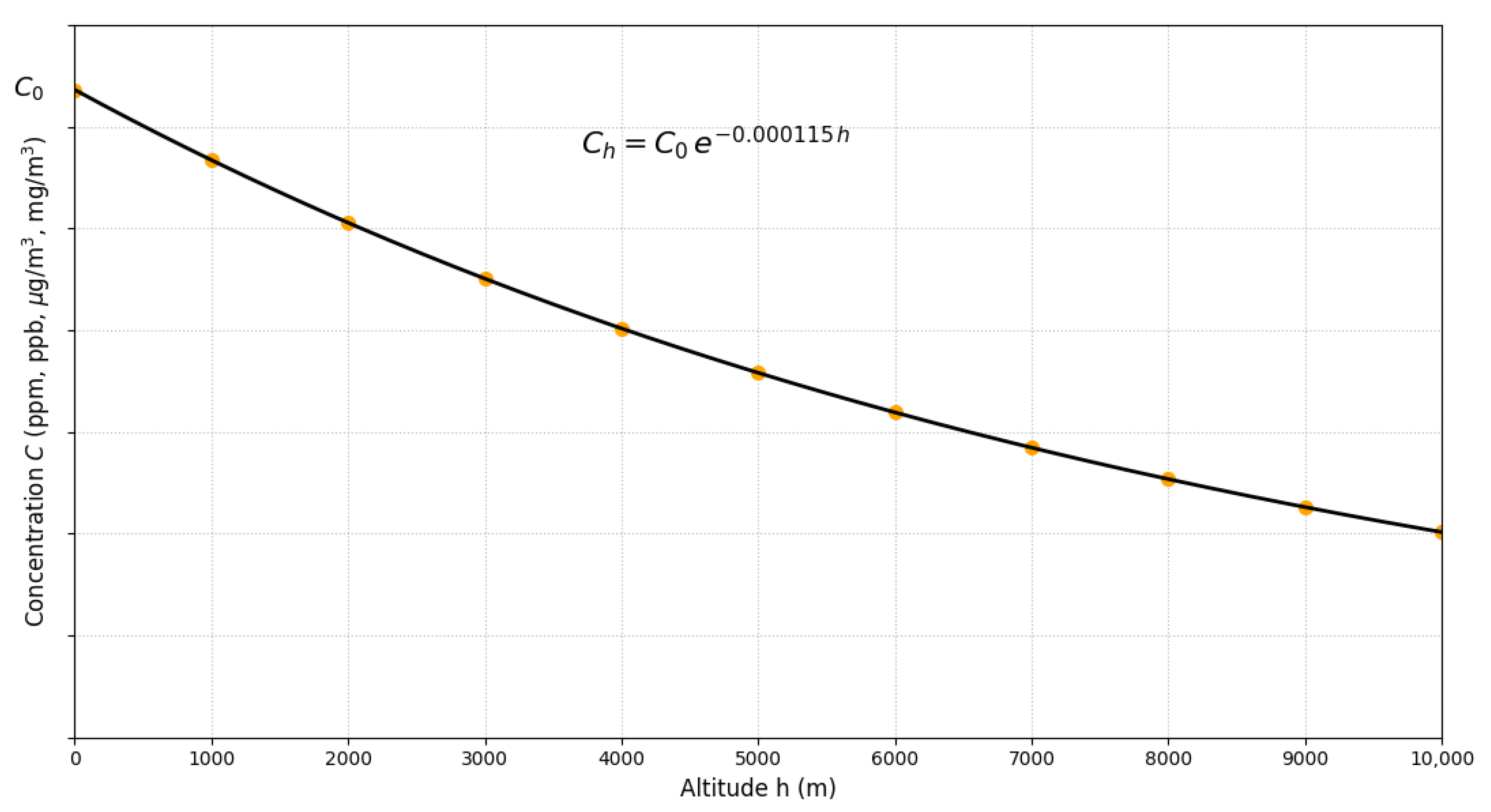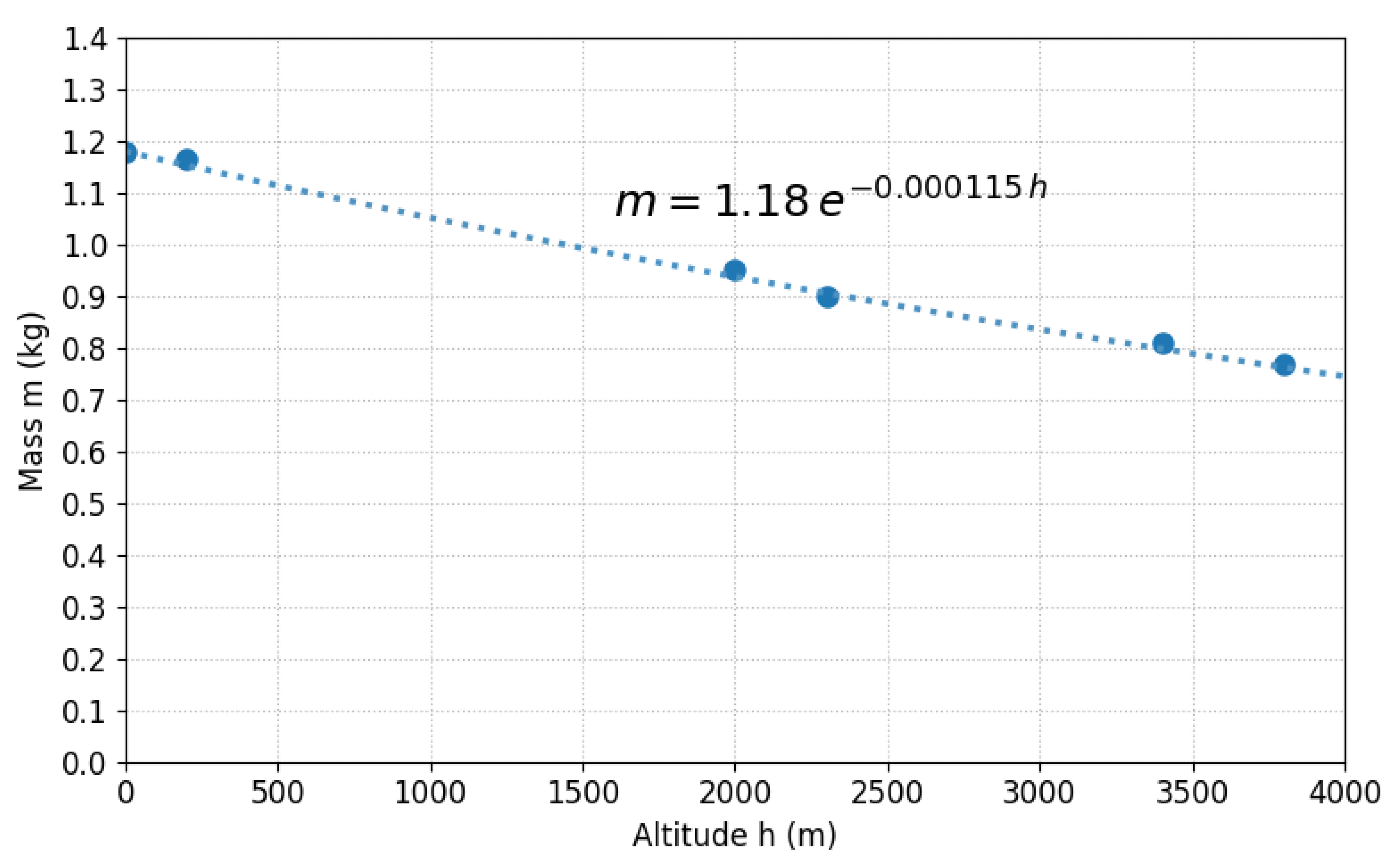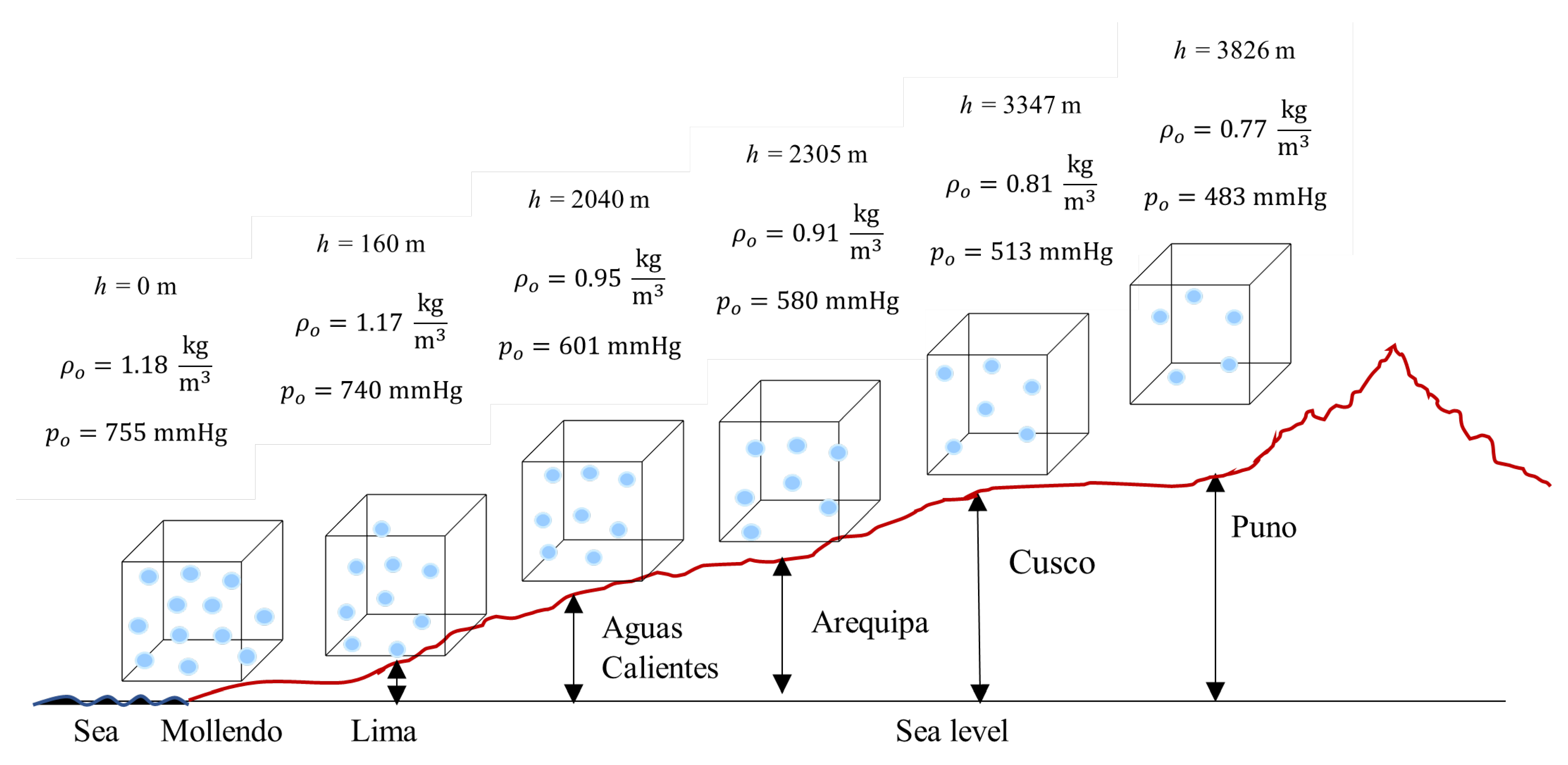1. Introduction
Regulations on atmospheric air quality constitute the primary framework for protecting public health against airborne pollutants globally [
1,
2,
3]. The National Ambient Air Quality Standards (NAAQS) established by the United States Environmental Protection Agency (EPA) and the Air Quality Guidelines (AQG) developed by the World Health Organization (WHO) define concentration thresholds for criteria pollutants that, when exceeded, represent significant health risks. The WHO estimates that 99% of the world’s population breathes air that exceeds guideline values, contributing to more than 6 million premature deaths annually [
1,
4,
5]. Epidemiological evidence demonstrates that exposure to air pollution increases human morbidity and mortality, with spatial and temporal trends in the disease burden attributable to air pollution showing significant variations between regions and periods from 1990 to 2015 [
6]. However, the current implementation of these regulatory frameworks assumes uniform applicability in all geographic locations, regardless of altitude. This assumption is problematic because approximately 500 million people, representing 6.58% of the world’s population, reside above 1500 m above sea level (m.a.s.l.), where atmospheric pressure and density differ substantially from sea-level conditions [
7]. High-altitude cities such as La Paz, Bolivia (3640 m.a.s.l.), Quito, Ecuador (2800 m.a.s.l.), and Cusco, Peru (3400 m.a.s.l.), apply identical numerical standards to those of coastal cities despite fundamental differences in the atmospheric physics governing the behavior of atmospheric pollutants and human exposure to such pollutants [
8,
9,
10]. This regulatory omission may misrepresent the actual health risks to high-altitude populations and compromise public health protection in these regions. Addressing this gap is essential for achieving equitable environmental governance aligned with the UN 2030 Sustainable Development Goals, particularly SDG 3 (Good Health and Well-being), SDG 10 (Reduced Inequalities), and SDG 11 (Sustainable Cities and Communities) [
11,
12].
The physical basis for altitude-dependent variation in pollutant concentrations derives from the exponential decrease in atmospheric pressure with elevation, described by the barometric equation, where atmospheric pressure at 3000 m.a.s.l. approximates 70% of sea-level values [
13,
14,
15]. This pressure reduction directly affects air density, which determines the mass of atmospheric constituents per unit volume. Çengel and Cimbala [
16] demonstrate that air density decreases exponentially with altitude following a similar exponential dependence. When regulatory agencies establish concentration-based standards (μg/m
3, ppm, or ppb), they implicitly reference sea-level atmospheric conditions as defined by international standards organizations: the International Union of Pure and Applied Chemistry (IUPAC), the National Institute of Standards and Technology (NIST), and the Environmental Protection Agency (EPA) specify standard temperature and pressure conditions [
17,
18,
19]. A given mass of pollutant dispersed in one cubic meter at high altitude occupies the same volume but within less dense air compared to the same mass of pollutant and same unit volume at sea level, producing different relative compositions in the air–pollutant mixture. Health implications depend on the relationship between pollutant mass and air mass, the actual exposure metric, rather than solely on volumetric concentrations [
20]. This fundamental physical discrepancy between concentration measurement conventions and physical principles of gaseous pollutant–air proportionality creates a systematic bias in altitude regulatory applications.
Despite its early recognition, research addressing the effects of altitude on air quality standards remains limited. The U.S. EPA [
21] identified altitude as a factor influencing air pollution due to atmospheric pressure variation but provided no quantitative adjustment framework. Bravo and Urone [
22] recommended using dose relationships or respiratory rates to adjust U.S. air quality standards to ensure adequate health protection in high-altitude cities, noting that numerically appropriate AQS values at altitude should be lower than sea-level standards. More recently, Bravo Alvarez et al. [
23] demonstrated that air quality standards for particulate matter (PM) require altitude-specific adjustment, proposing empirical correction factors for nine high-altitude Latin American cities. Their methodology, based on ideal gas law principles and concentration definitions, established that PM standards must account for each city’s specific elevation. However, their approach was limited to particulate matter and discrete urban centers, lacking a universal theoretical framework applicable to all altitudes and pollutant types. A recent scoping review by Rueda-Torres et al. [
8] comprehensively examined altitude adjustment criteria for air quality standards, analyzing the existing literature on proposed adjustments, regulatory frameworks in high-altitude countries, and altitude-influenced pollutants. This review identified critical research gaps and the absence of systematic regulatory incorporation of altitude corrections despite documented physical necessity.
Analogous altitude considerations appear in related fields, but environmental regulations have not systematically incorporated such corrections. Aeronautical medicine adjusts oxygen requirements with elevation [
24], exercise physiology modifies prescription parameters for altitude training [
25], and meteorology routinely corrects pressure measurements to their sea-level equivalents for standardized reporting [
26]. Engineering applications recognize altitude-dependent effects on atmospheric density: Yu et al. [
27] demonstrated that diesel and biodiesel consumption in engines increases with altitude due to reduced intake air mass flow at elevation, while Perez and Boehman [
28] showed that turbochargers in single-cylinder diesel engines for unmanned aerial vehicles compensate for lower air density at high altitudes through electromechanical systems. Despite these precedents across multiple disciplines, current regulatory frameworks including the EPA NAAQS [
29] and WHO guidelines [
1] specify fixed concentration limits without altitude considerations, potentially leaving high-altitude populations insufficiently protected or imposing inefficient restrictions on industrial and transportation activities.
This regulatory gap affects millions of inhabitants of mountainous regions in the Andes, Himalayas, Alps, and Rocky Mountains. In Latin America alone, millions live at elevations above 2500 m.a.s.l. [
30,
31], where atmospheric density approximates 75% of sea-level values. Application of unadjusted standards at such altitudes leads to systematic underestimation of actual pollutant exposure, i.e., the physicochemical proportionality of the gaseous pollutant–air mixture is not being taken into account. Currently, no universal altitude adjustment factor based on fundamental principles of atmospheric physics exists to translate sea-level air quality standards to altitude-appropriate values.
This study addresses this critical gap by deriving a universal altitude adjustment factor for gaseous pollutant air quality standards from first principles of atmospheric physics. Our specific contributions include the following: (1) a rigorous mathematical derivation of the adjustment factor from hydrostatic equilibrium and ideal gas law principles, incorporating standard conditions established by IUPAC, EPA, and NIST; (2) demonstration of the factor’s applicability to gaseous criteria pollutants across different regulatory frameworks (EPA NAAQS, WHO guidelines); and (3) quantification of adjustment magnitudes for representative high-altitude population centers.
Implementation of altitude-adjusted air quality standards could significantly impact environmental policy and public health protection for the ∼500 million inhabitants residing above 1500 m globally. By providing a universally applicable correction factor, this work enables regulatory agencies to establish elevation-appropriate concentration limits that maintain equivalent health protection across the entire range of human habitation altitudes, from sea level to cities even exceeding 5000 m.a.s.l.
4. Conclusions
Based on rigorous physical foundations grounded in hydrostatic equilibrium and ideal gas thermodynamics, a universal altitude adjustment factor for air quality standards of gaseous pollutants has been derived:
where
h is altitude in meters. This factor compensates for the exponential decay of atmospheric density with geographic elevation and preserves gaseous pollutant–air proportionality at different altitudes. Systematic application to the National Ambient Air Quality Standards (NAAQS) of the EPA and the Air Quality Guidelines (AQG) of the WHO showed that, for altitudes of 3500 m (e.g., Cusco, La Paz), adjusted standards should be approximately 67% of nominal values defined at sea level, in order to sustain an equivalent level of health protection. Experimental validation through atmospheric density measurements in six Peruvian cities along 0–3826 m confirmed the consistency of the theoretical model, with relative deviations below 5%, which supports the isothermal approximation employed.
A critical finding is that direct application of unadjusted standards in high-altitude cities results in inadequate protection: maintaining a limit of 100 ppb of NO2 at ∼3400 m implies cumulative exposure approximately 49% higher relative to that intended at sea level, compromising public health objectives. Unlike previous empirical approaches limited to specific pollutants or cities, the proposed factor is founded on invariant physical properties of the atmosphere, allowing its universal application to gaseous pollutants (CO, NO2, O3, SO2) independent of the regulatory framework or unit system.
Incorporation of this factor into national and international environmental legislation will enable equivalent health protection for the ∼500 million inhabitants residing above 1500 m globally, contributing to sustainable and equitable environmental governance. This work directly supports the UN 2030 Agenda for Sustainable Development by providing science-based tools for environmental policy-making that address health inequities across diverse geographic contexts, particularly advancing SDG 3 (Good Health and Well-being), SDG 10 (Reduced Inequalities), and SDG 11 (Sustainable Cities and Communities). By enabling altitude-appropriate air quality regulations, this research promotes environmental justice and long-term public health sustainability in high-altitude regions worldwide. Future work should extend the model to particulate matter and integrate these findings into comprehensive sustainability frameworks for mountainous communities.

